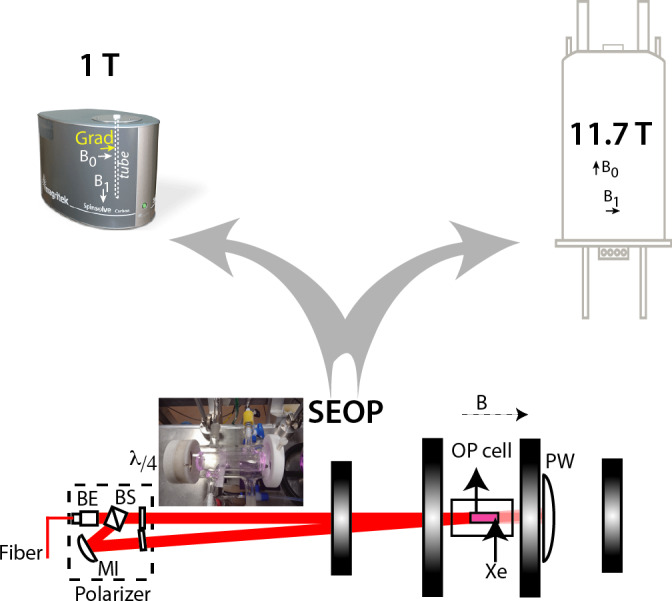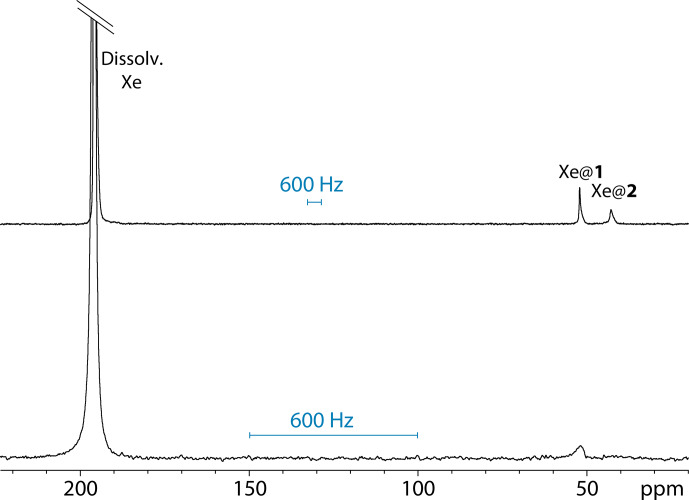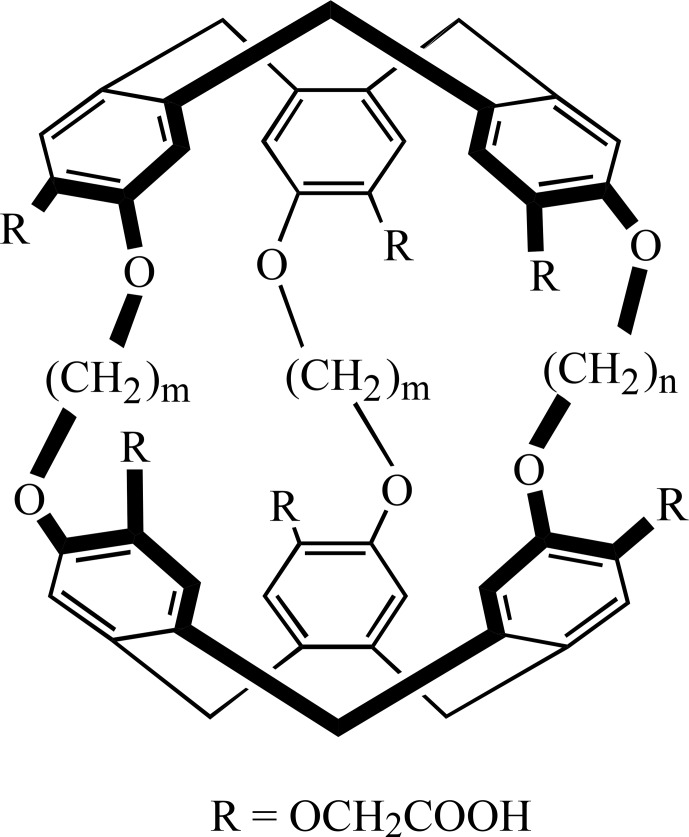129Xe ultra-fast Z spectroscopy enables micromolar detection of biosensors on a 1 T benchtop spectrometer.
Q3 Physics and Astronomy
Magnetic resonance (Gottingen, Germany)
Pub Date : 2021-06-11
eCollection Date: 2021-01-01
DOI:10.5194/mr-2-409-2021
引用次数: 4
Abstract
The availability of a benchtop nuclear magnetic resonance (NMR) spectrometer, of low cost and easily transportable, can allow detection of low quantities of biosensors, provided that hyperpolarized species are used. Here we show that the micromolar threshold can easily be reached by employing laser-polarized xenon and cage molecules reversibly hosting it. Indirect detection of caged xenon is made via chemical exchange, using ultra-fast Z spectroscopy based on spatio-temporal encoding. On this non-dedicated low-field spectrometer, several ideas are proposed to improve the signal.



129Xe超快Z光谱能够在1 T台式光谱仪。
如果使用超极化物质,低成本且易于运输的台式核磁共振(NMR)光谱仪的可用性可以允许检测少量的生物传感器。在这里,我们表明,通过使用激光偏振氙和可逆地容纳它的笼状分子,可以很容易地达到微摩尔阈值。笼状氙的间接检测是通过化学交换进行的,使用基于时空编码的超快Z光谱。在这种非专用的低场谱仪上,提出了一些改进信号的想法。
本文章由计算机程序翻译,如有差异,请以英文原文为准。
求助全文
约1分钟内获得全文
求助全文

 求助内容:
求助内容: 应助结果提醒方式:
应助结果提醒方式:


